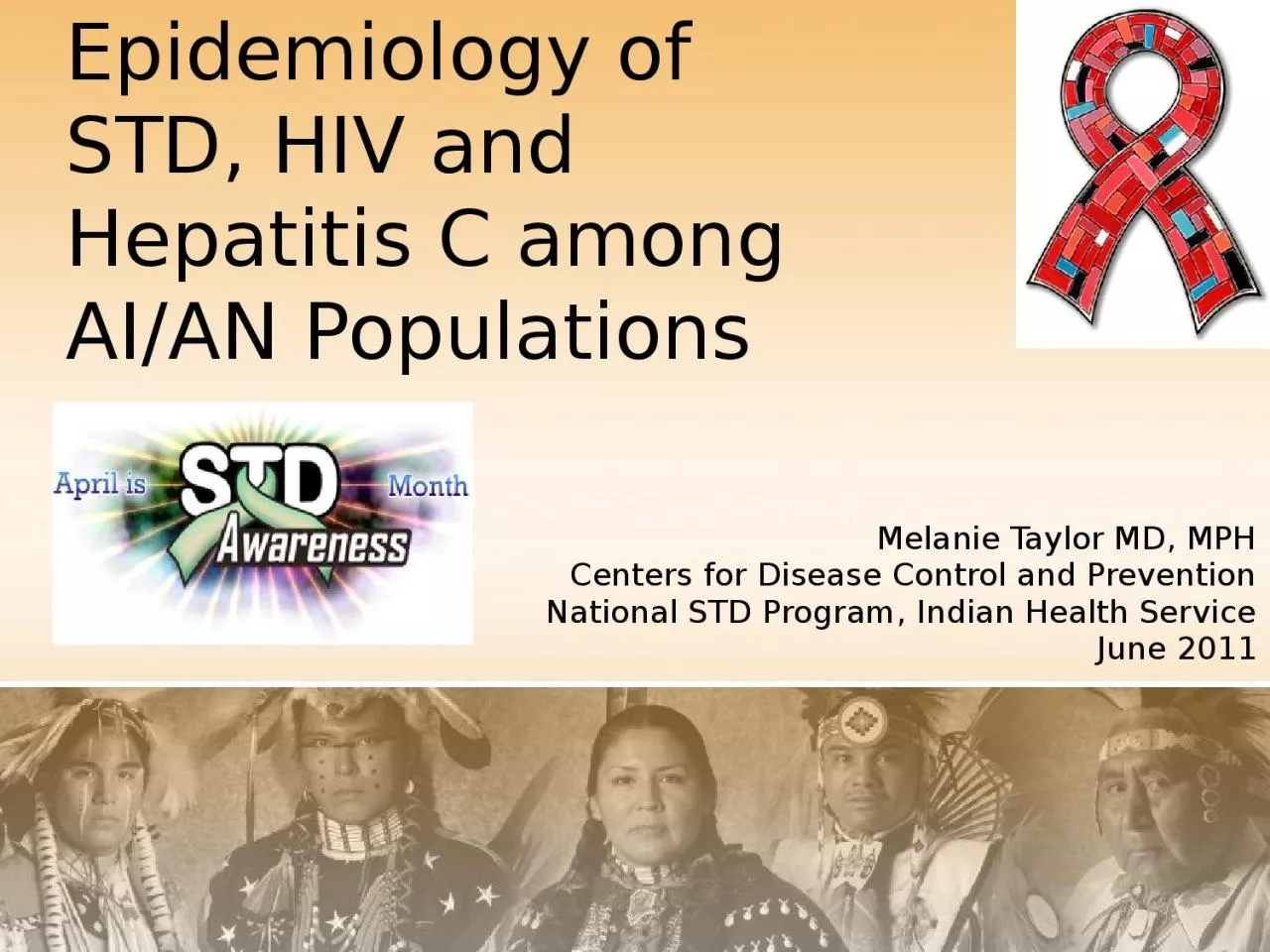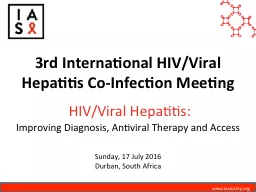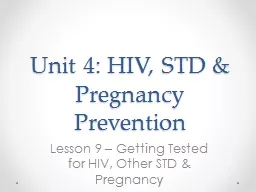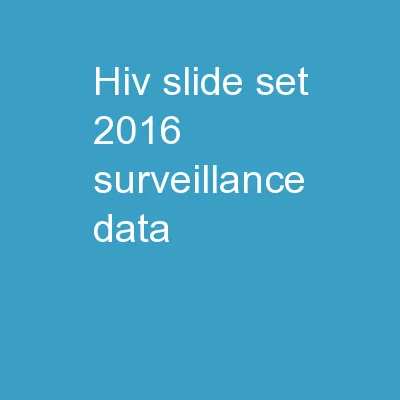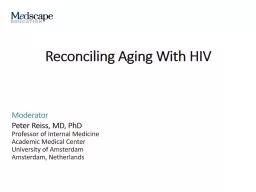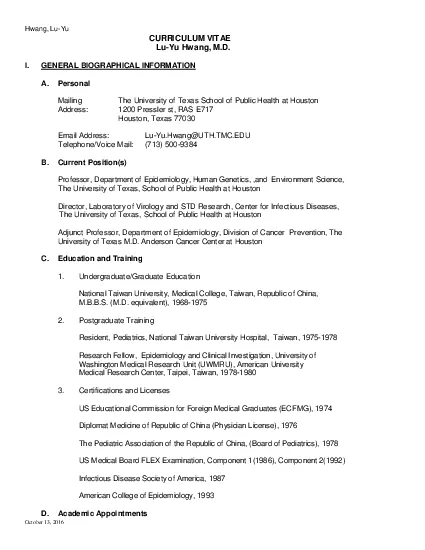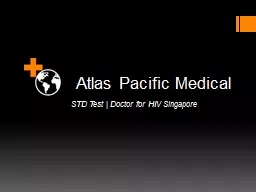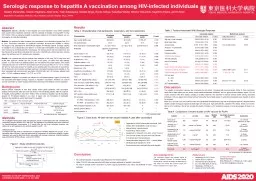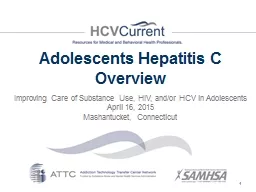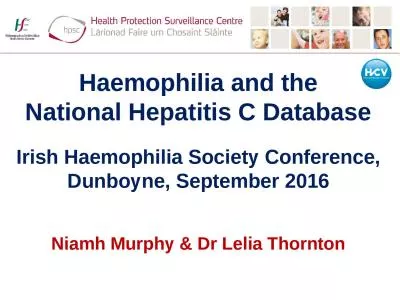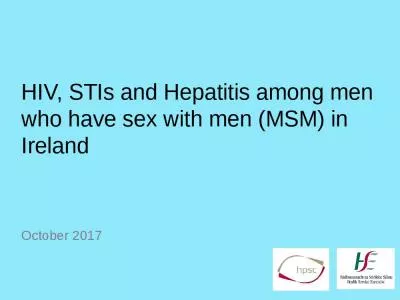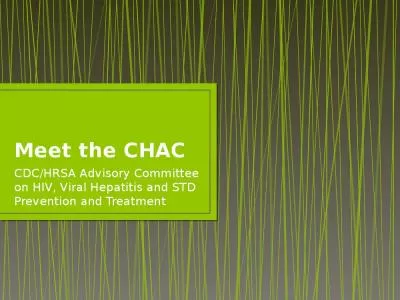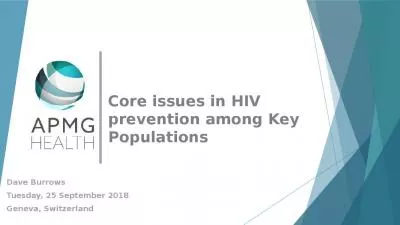PPT-Epidemiology of STD, HIV and Hepatitis C among AI/AN Populations
Author : MommaBear | Published Date : 2022-08-03
Melanie Taylor MD MPH Centers for Disease Control and Prevention National STD Program Indian Health Service June 2011 Overview Surveillance overview HIV STD Viral
Presentation Embed Code
Download Presentation
Download Presentation The PPT/PDF document "Epidemiology of STD, HIV and Hepatitis C..." is the property of its rightful owner. Permission is granted to download and print the materials on this website for personal, non-commercial use only, and to display it on your personal computer provided you do not modify the materials and that you retain all copyright notices contained in the materials. By downloading content from our website, you accept the terms of this agreement.
Epidemiology of STD, HIV and Hepatitis C among AI/AN Populations: Transcript
Download Rules Of Document
"Epidemiology of STD, HIV and Hepatitis C among AI/AN Populations"The content belongs to its owner. You may download and print it for personal use, without modification, and keep all copyright notices. By downloading, you agree to these terms.
Related Documents

